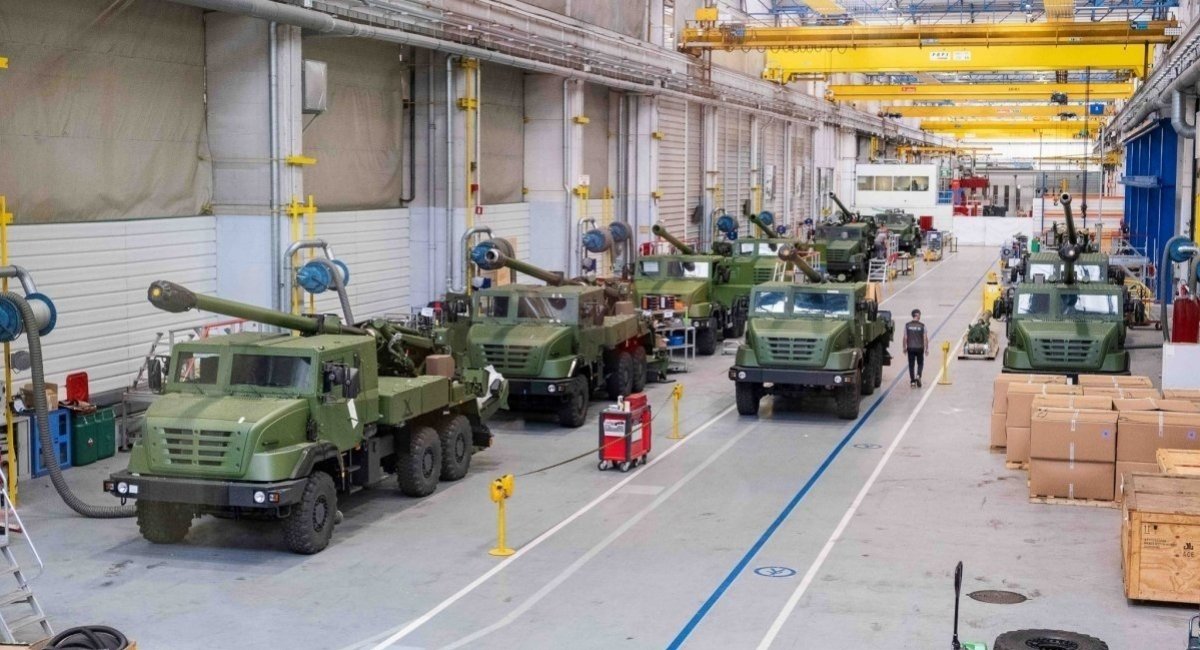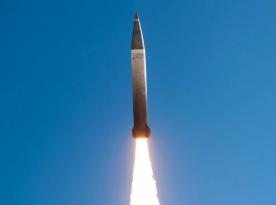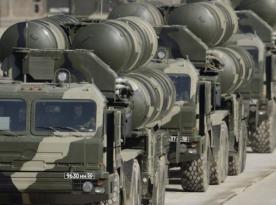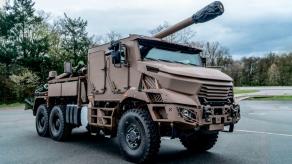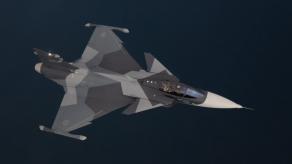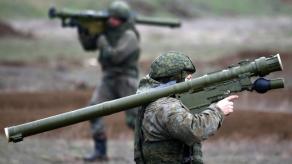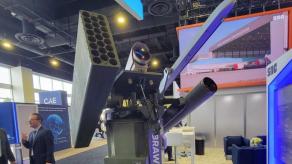From 2021 to the end of 2024, European defense companies have invested at least $5.5 billion in expanding their production capacities for weapons, ammunition, and equipment. According to The Economist, the capital investment rate for European weapons manufacturers rose by 64% compared to 2021, which led to increased production volumes.
The backlog of orders commissioned to European defense companies grew from $222 billion in 2021 to $362 billion in 2024, and the total number of personnel employed in the industry expanded by 25%.
Read more: Licensed Production of Ukrainian Neptune Could Solve Europe's Missile Shortage
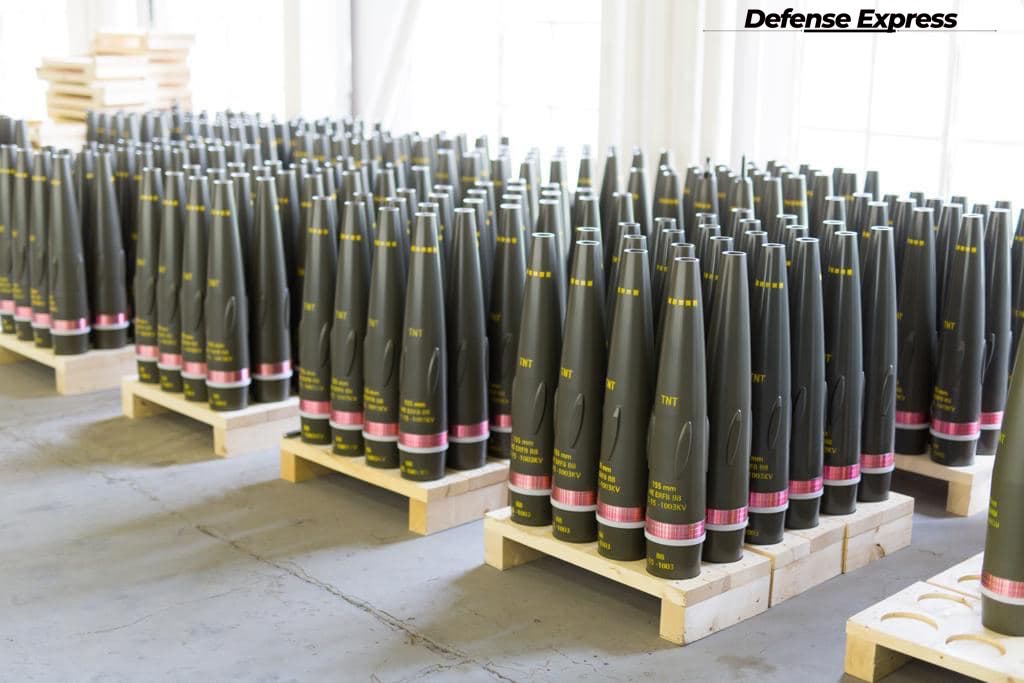
To highlight some noteworthy achievements in absolute figures, for example, European defense managed to increase its 155mm artillery shell output from 300,000 per year in 2023 to 1 million per year in 2025.
Rheinmetall, in particular, saw the most rapid growth with a tenfold increase in production, from 70,000 to 700,000 shells annually between 2022 and 2025, planning to reach 1.1 million by 2027. By comparison, the entire U.S. defense sector produced 600,000 shells in 2024.
Also, the article vaguely states that British defense corporation BAE Systems has increased its 155mm shell production eightfold compared to 2022. Meanwhile, major European gunpowder manufacturers Chemring Nobel and Eurenco doubled their production capacities.
Interestingly, the French defense company KNDS plans to produce 144 CAESAR wheeled self-propelled artillery guns by 2025, a significant increase from the 24 units produced in 2021 — the plans for expansion were only generally outlined before.
For air defense, Germany-based Diehl Defence produced between 400 and 500 IRIS-T missiles in 2024, while radar manufacturer Hensoldt plans to deliver 18 radars in 2025, up from just two in 2021.
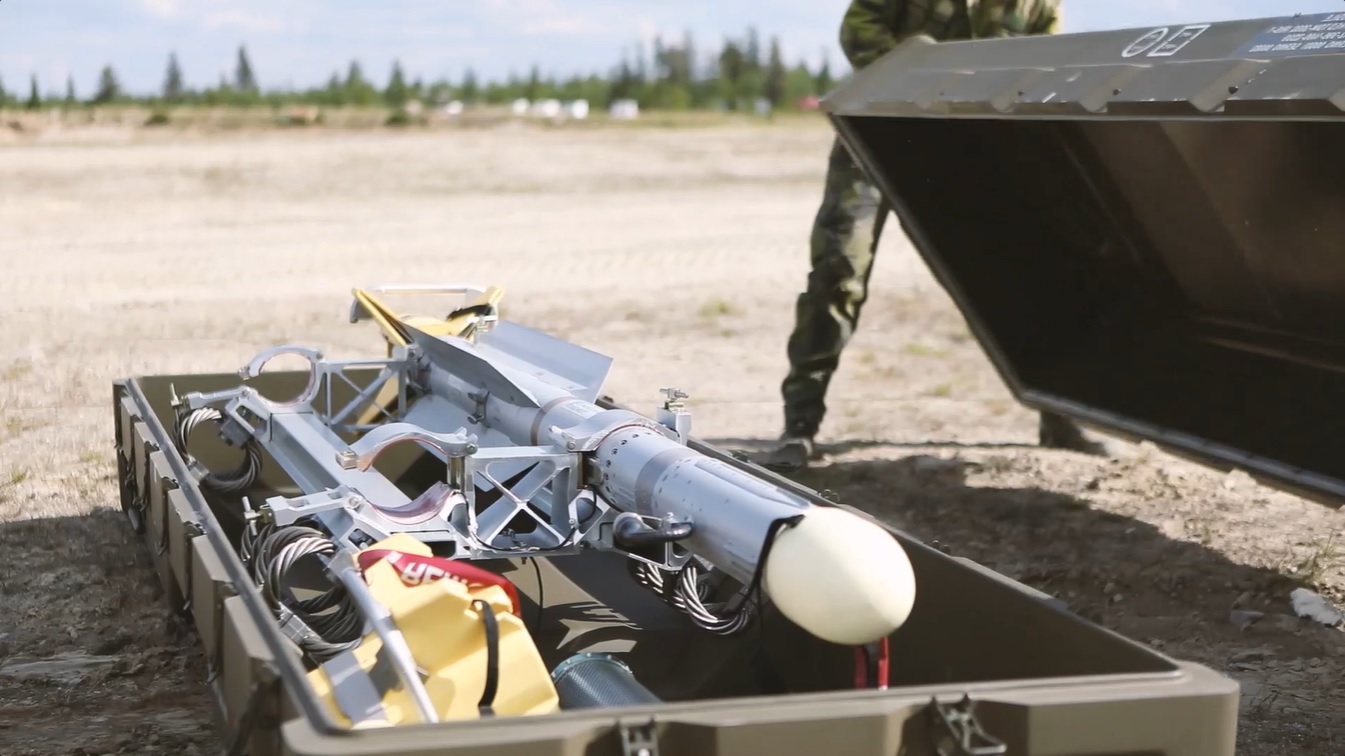
Despite these improvements, certain areas of European defense production are still struggling to meet demand. The production cycle for interceptors for the SAMP/T missile defense system remains slow, with efforts to shorten the cycle expected to bring it down to 18 months not sooner than by 2026.
Additionally, the production of Eurofighter Typhoon jets has declined significantly, from 60 units per year a decade ago to just 12 units annually now, although this might improve considering European countries' recent deliberations about cancelling their plans to buy F-35 from the U.S. due to the policies of the Trump administration.
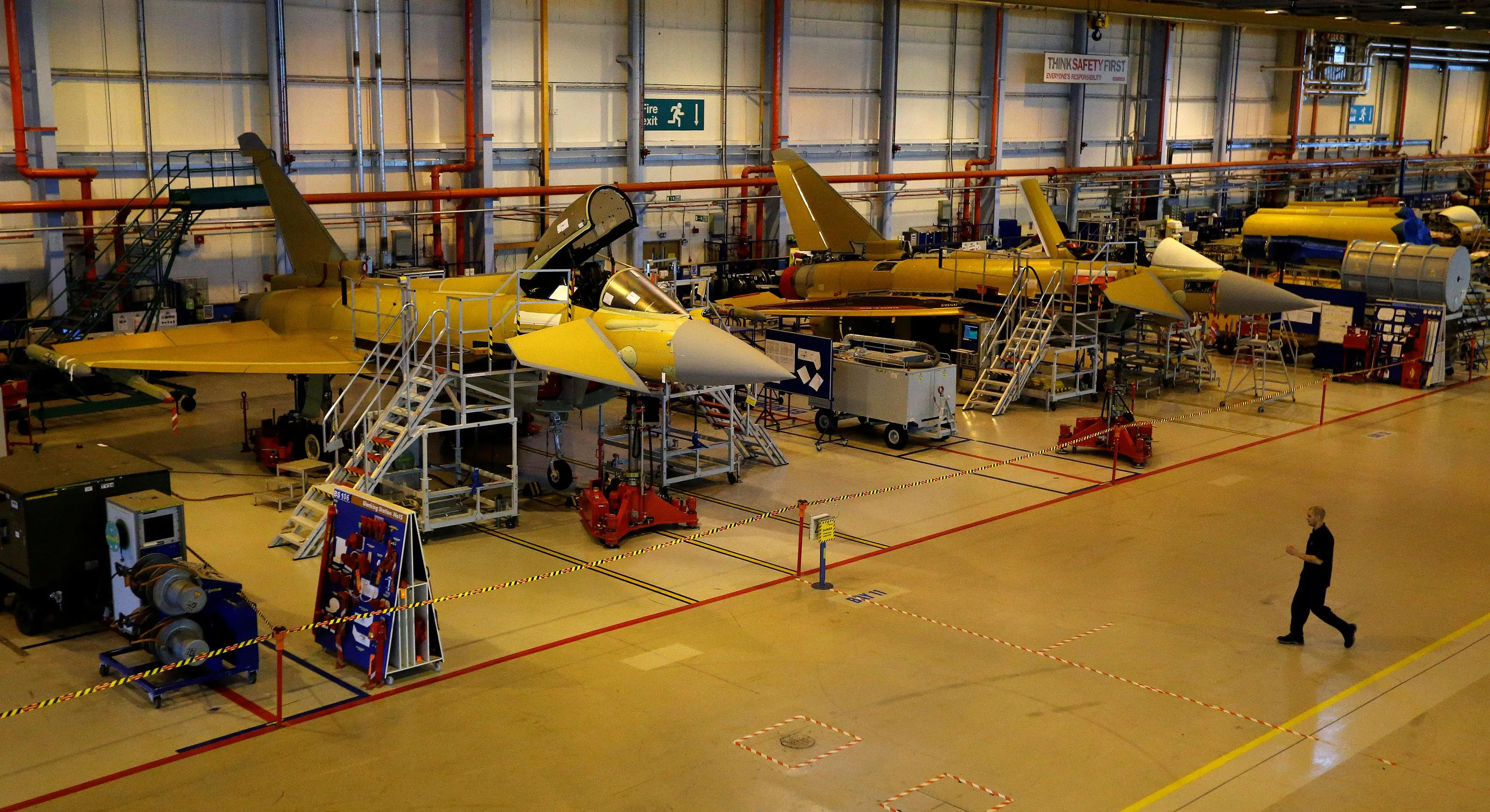
Read more: UK Cut 56,000 Defense Industry Jobs in the 1990s, Leaving Only 3,000 People to Build Ships



